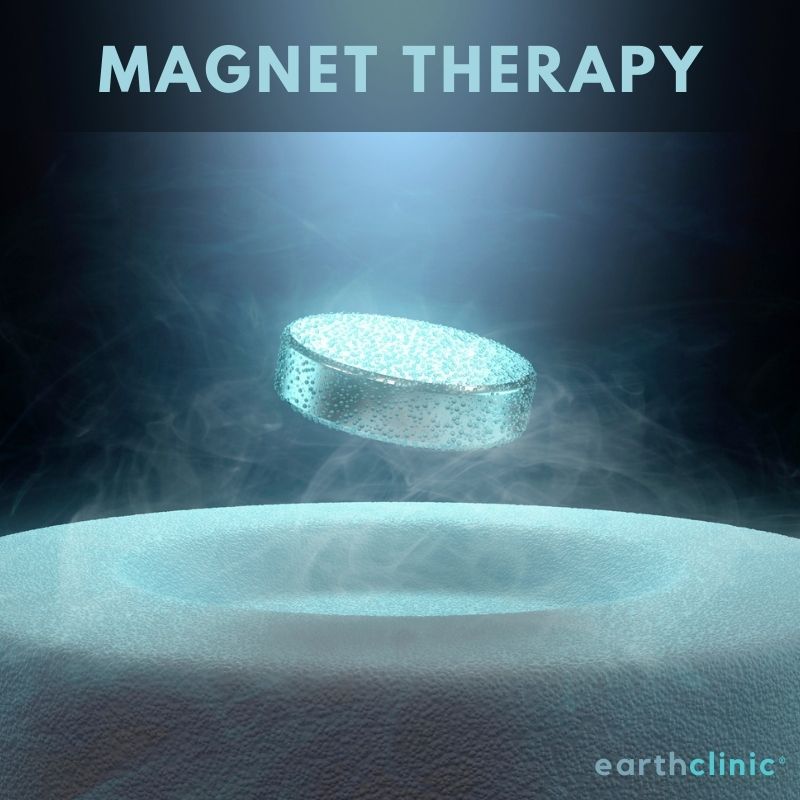
Magnet therapy, or magnotherapy, is principally associated with the circulatory system and with the iron content of the red blood cells (hemoglobin), with the magnet's electromagnetic force intended to affect and improve the flow of blood throughout the body.
Magnets have been touted for their healing effects since ancient Greece. Magnetic therapy is still widely used today as an holistic way of treating a number of conditions such as arthritis and arthritis. However, there hasn’t been much scientific evidence that magnets can heal the body.
The effectiveness of magnetic therapy depends on the condition being treated and the strength of the magnets, among other factors.
What is Magnet Therapy?
Magnet therapy refers to the use of magnets placed directly on the body, typically over regions of pain or discomfort. Magnets are attached to the body by tape or wrapped in a specially designed product like a wrap or a mattress pad.
Magnets come in various strengths and are measured for strength using gauss. Gauss is the line of force per unit area of the pole. A simple refrigerator magnet, is typically around 50 gauss. However, therapeutic magnets are anywhere from 300 to 5,000 gauss!
The earth's surface is approximately 0.5 gauss.
Many magnet manufacturers rate their products using internal gauss and external gauss to indicate strength.
Here are a list of magnetic strength classifications:
Low gauss (g) = 300 - 700 g
Medium gauss = 1000 - 2500 g
High gauss = 3000 - 6000 g
Super gauss = 7000 - 12000 g
Some experts in magnet therapy suggest patients to begin treatment at low gauss and then gradually increase strength.
How Does Magnet Therapy Work?
Unfortunately, not much scientific studies have been done on Magnet Therapy. It remains very controversial despite it's popularity.
Theories suggest magnets do not heal the body, but stimulate it to heal naturally.
In one 2008 animal study, researchers demonstrated that the use of an acute and localized magnet of moderate strength resulted in significant reduction of swelling when applied immediately after an inflammatory injury. Researchers were able to surmise that a magnetic field could induce vessel relaxation in tissues with constrained blood supply, ultimately increasing blood flow. (1)
Health Benefits of Magnetic Therapy
Magnetic therapy has many proponents, particularly among those who use magnets to relieve pain and inflammation, especially in the case of headaches and joint pain (research supports the use of magnet therapy for osteoarthritis).
However, magnetic therapy is also indicated for reducing cholesterol levels, purging toxins from the cells, sore muscles, foot and heel pain, carpal tunnel syndrome, fibromyalgia pain, bone fractures, and many other conditions.
Users report favorable effects from magnetic therapy for the following conditions:
- Headaches
- High Cholesterol
- Foot and Heel Pain
- Carpal Tunnel Syndrome
- MS
- Fibromyalgia
- Osteoarthritis
- Rheumatoid Arthriis
- Neuropathy
- Psychiatric Disorders
- Insomnia
- Fractures
- Poor Circulation from Old Injuries
- Swelling from Sprains and Strains
- Inflammation
- Low Immunity
- Stress
- Pain
Contraindiactions
You should avoid using magnets if you:
- Have an implantable medical device (pacemaker, defibrillator, insulin pump, or chemotherapy infusion pump) .Magnets may interfere with the function of these devices.
- Are Pregnant
- Have a history of Epilepsy
- On Blood-thinning medications
- Have a Bleeding Wound or any Internal Bleeding
Final Word
Healthy skepticism should be employed against the claims of many purveyors of magnet therapy jewelry, blankets, and other relatively inexpensive devices.
This is because weak magnets are much less likely to penetrate the body properly to have a measurable effect on one's health.
Experiment first and don't spend too much money on a biomagnetic product until you find it has actually helped you!
Continue reading below for feedback from Earth Clinic readers who have used magnets for various symptoms. Let us know if they worked for you!




